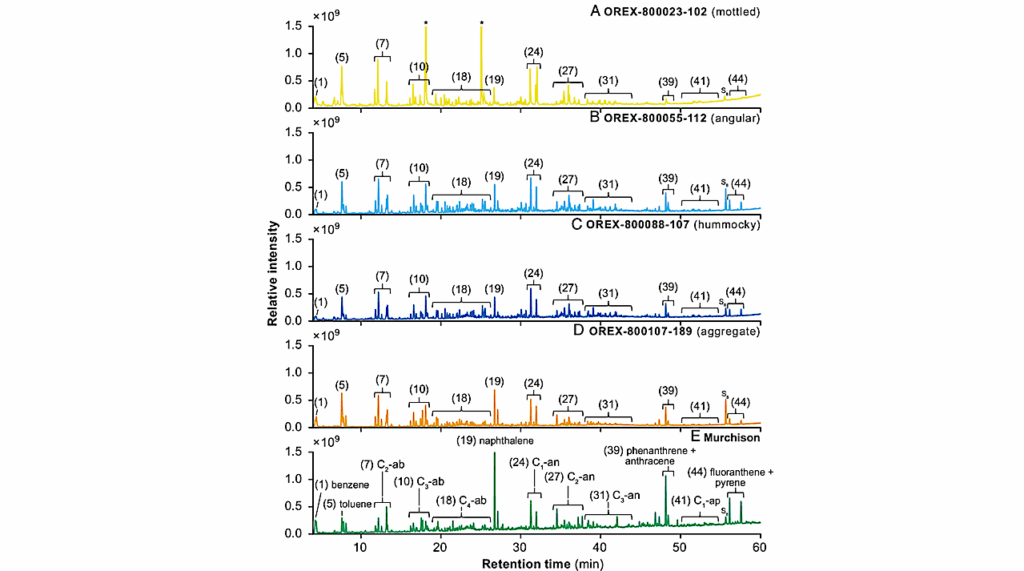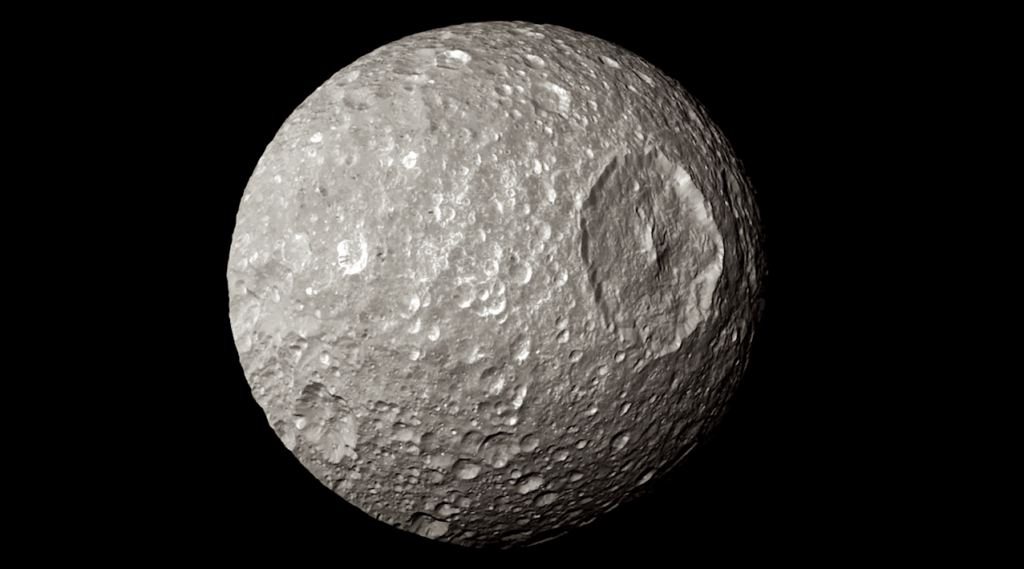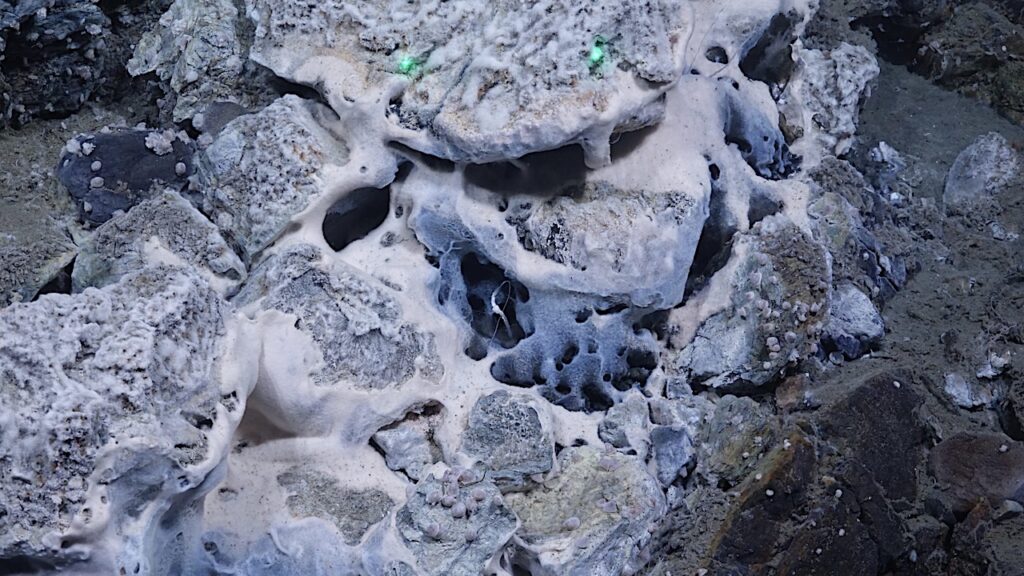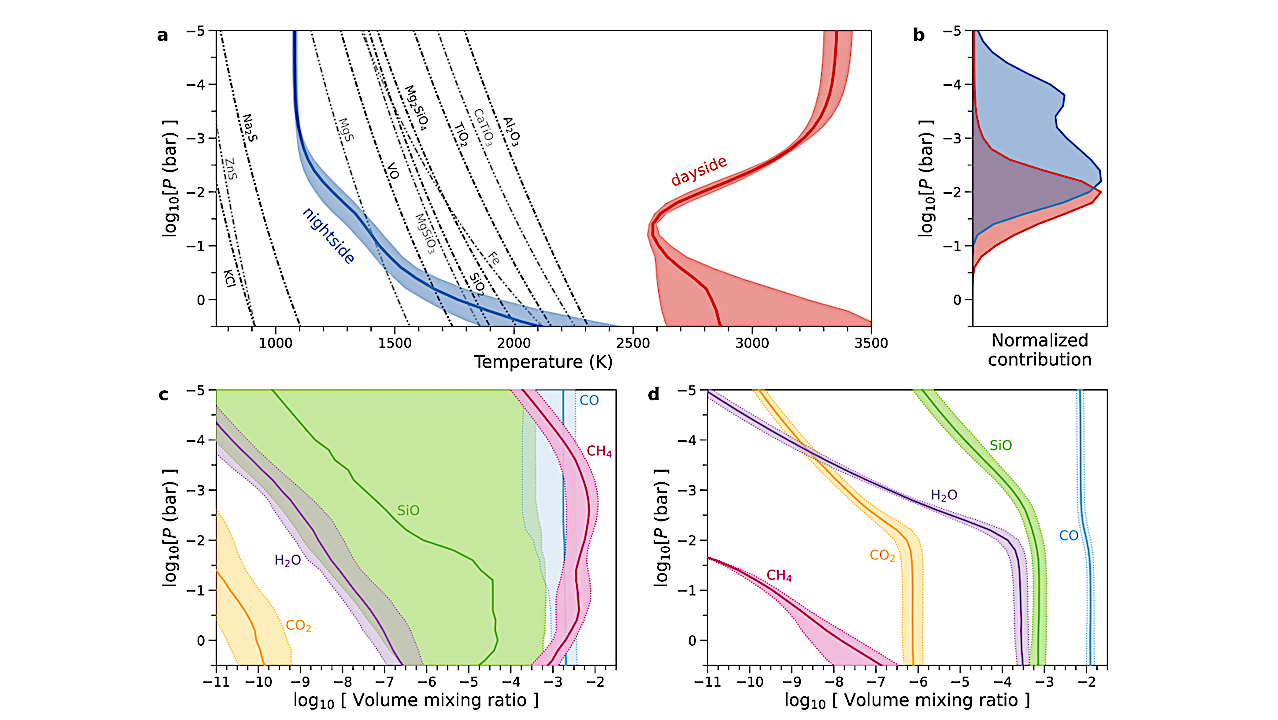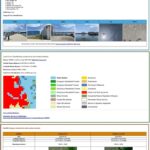Now Reading: POLARIS: A High-contrast Polarimetric Imaging Benchmark Dataset for Exoplanetary Disk Representation Learning
-
01
POLARIS: A High-contrast Polarimetric Imaging Benchmark Dataset for Exoplanetary Disk Representation Learning
POLARIS: A High-contrast Polarimetric Imaging Benchmark Dataset for Exoplanetary Disk Representation Learning


HCI directly images exoplanetary systems. (a) Preprocessed exposure, where star light dominates the entire field of view. (b) Originally buried in (a), four exoplanets exist around star HR 8799 in total intensity after postprocessing (e.g., [66]). (c) Spirals around star MWC 758 in polarized light. Note: The units are detector count s−1 pixel−1 , and central regions with 8 pixel radii (1 pixel = 12.25 mas; [34]) are blocked by coronagraph and thus inaccessible. (d) Preprocessed 1024 × 1024 pixel reference image without target disk. (e) Cropped to central 256 × 256 pixel area. (f) Preprocessed reference data mapped to linear space. — astro-ph.EP
With over 1,000,000 images from more than 10,000 exposures using state-of-the-art high-contrast imagers (e.g., Gemini Planet Imager, VLT/SPHERE) in the search for exoplanets, can artificial intelligence (AI) serve as a transformative tool in imaging Earth-like exoplanets in the coming decade?
In this paper, we introduce a benchmark and explore this question from a polarimetric image representation learning perspective. Despite extensive investments over the past decade, only a few new exoplanets have been directly imaged. Existing imaging approaches rely heavily on labor-intensive labeling of reference stars, which serve as background to extract circumstellar objects (disks or exoplanets) around target stars.
With our POLARIS (POlarized Light dAta for total intensity Representation learning of direct Imaging of exoplanetary Systems) dataset, we classify reference star and circumstellar disk images using the full public SPHERE/IRDIS polarized-light archive since 2014, requiring less than 10 percent manual labeling. We evaluate a range of models including statistical, generative, and large vision-language models and provide baseline performance.
We also propose an unsupervised generative representation learning framework that integrates these models, achieving superior performance and enhanced representational power. To our knowledge, this is the first uniformly reduced, high-quality exoplanet imaging dataset, rare in astrophysics and machine learning.
By releasing this dataset and baselines, we aim to equip astrophysicists with new tools and engage data scientists in advancing direct exoplanet imaging, catalyzing major interdisciplinary breakthroughs.
Fangyi Cao, Bin Ren, Zihao Wang, Shiwei Fu, Youbin Mo, Xiaoyang Liu, Yuzhou Chen, Weixin Yao
Comments: 9 pages main text with 5 figures, 9 pages appendix with 9 figures. Submitted to NeurIPS 2025
Subjects: Earth and Planetary Astrophysics (astro-ph.EP); Artificial Intelligence (cs.AI)
Cite as: arXiv:2506.03511 [astro-ph.EP] (or arXiv:2506.03511v1 [astro-ph.EP] for this version)
https://doi.org/10.48550/arXiv.2506.03511
Focus to learn more
Submission history
From: Fangyi Cao
[v1] Wed, 4 Jun 2025 02:55:02 UTC (38,114 KB)
https://arxiv.org/abs/2506.03511
Astrobiology,
Stay Informed With the Latest & Most Important News
-
 012024 in Review: Highlights from NASA in Silicon Valley
012024 in Review: Highlights from NASA in Silicon Valley -
 02Panasonic Leica Summilux DG 15mm f/1.7 ASPH review
02Panasonic Leica Summilux DG 15mm f/1.7 ASPH review -
 03How New NASA, India Earth Satellite NISAR Will See Earth
03How New NASA, India Earth Satellite NISAR Will See Earth -
 04And Thus Begins A New Year For Life On Earth
04And Thus Begins A New Year For Life On Earth -
 05Astronomy Activation Ambassadors: A New Era
05Astronomy Activation Ambassadors: A New Era -
06SpaceX launch surge helps set new global launch record in 2024
-
 07Space Force plans new ‘Futures Command’ amid pressure to speed up modernization
07Space Force plans new ‘Futures Command’ amid pressure to speed up modernization












